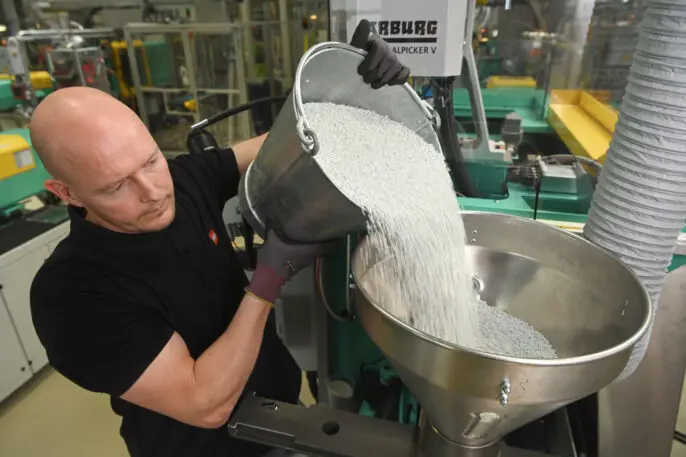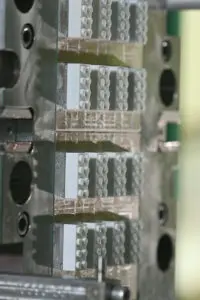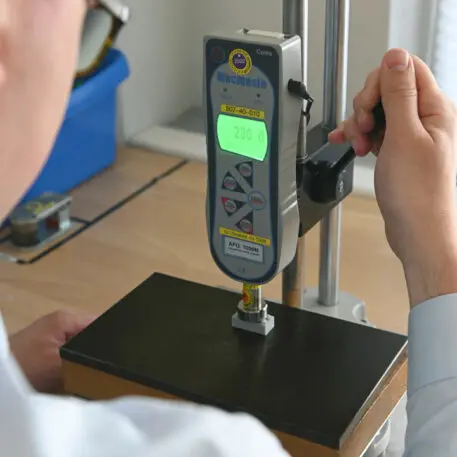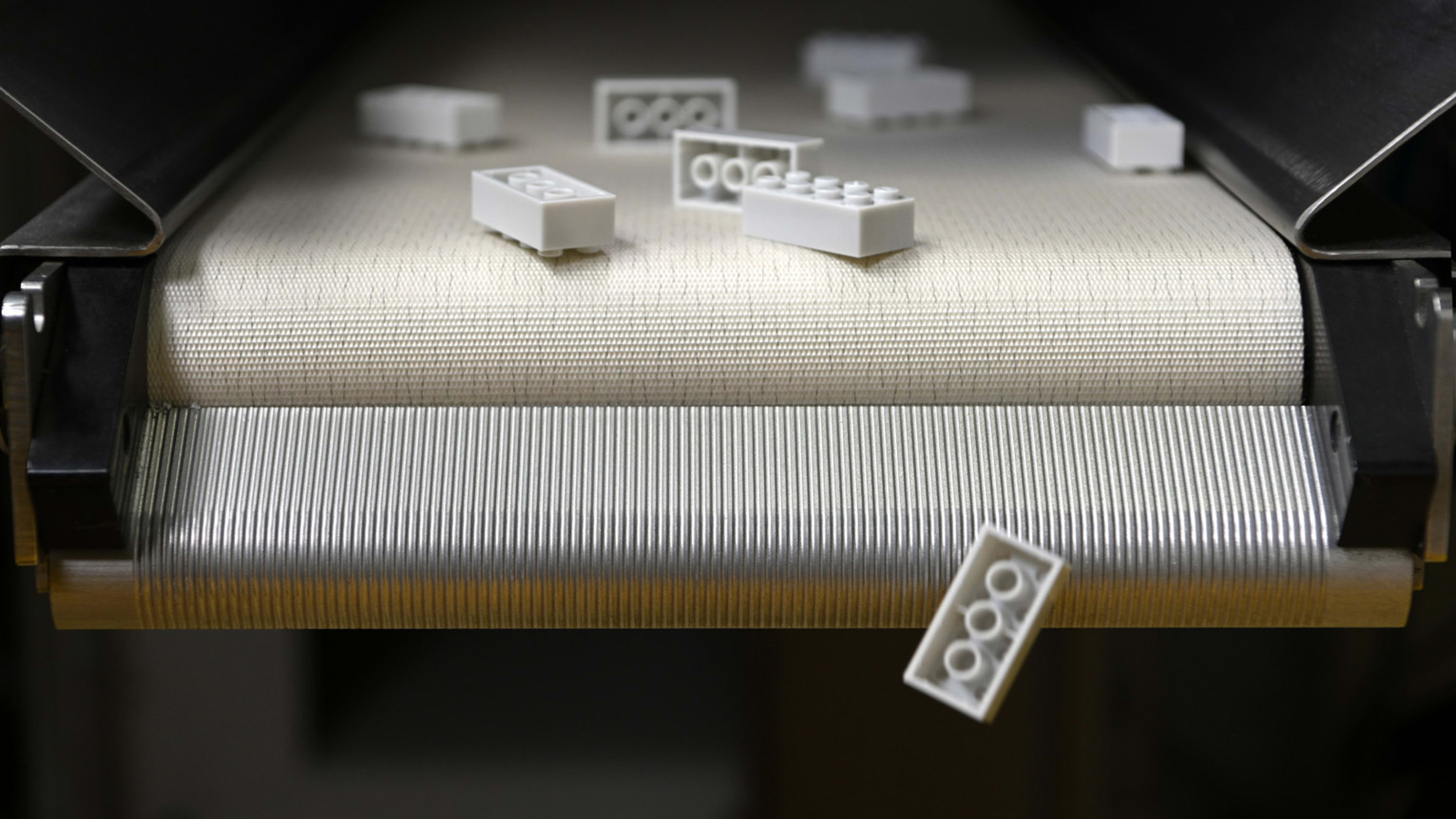Inside a lab in Billund, Denmark, down the road from a Lego factory that makes around 100 million bricks and other toy pieces every day, dozens of materials scientists and engineers are working on one of Lego’s biggest challenges—how to make its toys without oil-based plastic.
By 2030, the company aims to make its signature bricks from recycled or renewable materials that can also be fully recycled. But it’s not as simple as just sourcing recycled plastic for its factory.
“For us, the challenge comes from needing materials that are durable and safe enough to be handled by children day in, day out, and can be molded to the accuracy of a hair width to ensure bricks produced today fit with those made over 60 years ago,” says Tim Brooks, vice president of environmental responsibility at the Lego Group. “Most existing recycled materials don’t meet these criteria. We either can’t use them or need to modify the material to ensure it fits the safety and quality requirements for LEGO products—essentially, we need to find entirely new materials for our products.”

A single one-liter bottle can be recycled into material for around 10 standard two-by-four Lego bricks, which are currently made from another type of plastic called ABS. If the process stopped there, the bricks wouldn’t meet Lego’s quality standards. But the team designed a new formulation that makes recycled PET stronger so it’s more durable. The designers also had to make sure the material had the right “clutch power”—meaning it snaps together well and pulls apart easily. It can’t change shape over time, even if it sits in a hot car. The material has to have an even color when it’s made and the right shine. The bricks even have to have a particular sound. “There’s a lot of things we’re trying to replicate,” says Brooks. The source of the recycled material also had to be traceable to ensure it’s not contaminated, so the company turned to food-grade PET.


A switch to recycled plastic can help with the larger challenge of plastic waste, and it can also help reduce the company’s carbon footprint. Materials are responsible for nearly a third of Lego’s greenhouse gas emissions, and recycled materials have a 70% lower emissions than conventional materials. “Not only is it good to keep that plastic out of landfills and out of nature, it’s also a good climate footprint,” Brooks says.
Recognize your brand’s excellence by applying to this year’s Brands That Matter Awards before the early-rate deadline, May 3.
